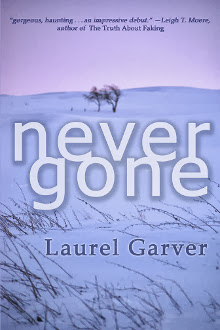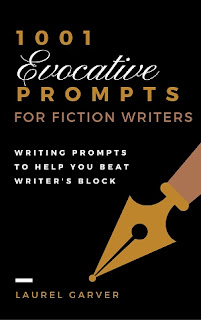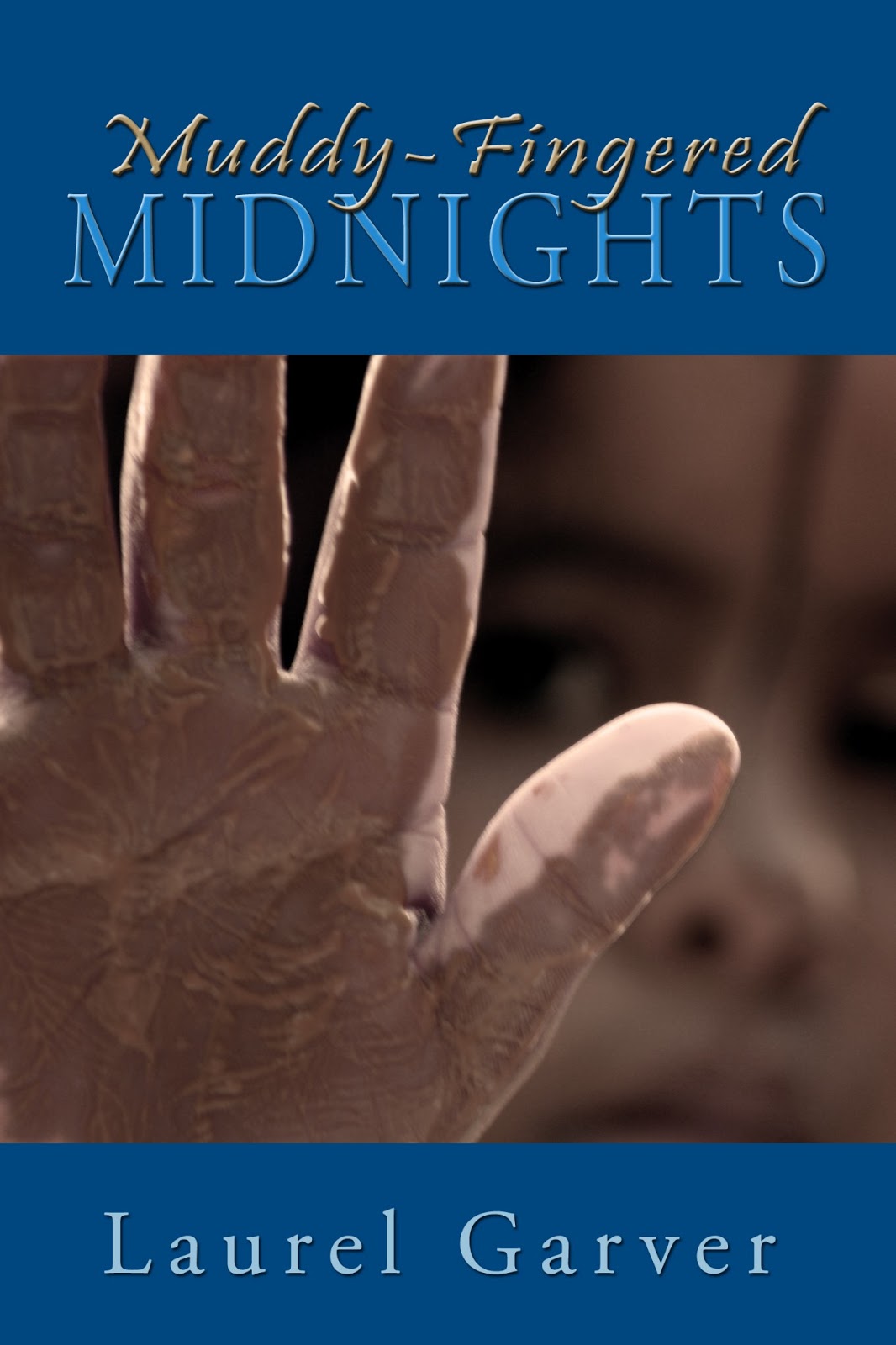Nearly two weeks ago, my hubby got into a low-speed collision that sent our car to the body shop. (Yes, it's still there if you're wondering.) We are a one-car family, so this altered our routine significantly the few days we waited for rental car coverage to be approved. Even though we live a half mile from a transportation hub served by a dozen bus lines, we felt like our wings were clipped. Our usual five-minute drive to the pool suddenly turned into a 40-minute, two-bus trip, with a mile of walking thrown in. A quick cool-off became a major journey.
This got me thinking about plot complications. Some of my favorite books have gripping plots that start with a small inconvenience or missed connection. That one small change ripples out. It might delay or halt movement. It might place the characters at an out-of-routine place at an out-of-routine time. It might weaken them. Place them in greater danger.
Think about your daily routine, and what it might mean to change one thing. A middle-of-the-night, two-minute power outage might make your alarm clock reset itself. When morning comes and you oversleep, suddenly your very livelihood is at stake.
Here are some other contemporary setting ideas:
~No running water because of a system shut-down
~Street is blocked by fallen trees
~Car won't start
~Cell phone battery won't recharge anymore
~Transit union strike
~Computer virus
For you historic fic and fantasy writers:
~Horse is lamed or has colic
~Can't find dry firewood
~Canteen leaks
~Guard dog ate half the rations
~Tiny battle wound gets infected
~Fleas or bedbugs infest your clothes
~Servant has the flu
The possibilities are endless to jack up the tension in your story, starting from the very smallest inconvenience.
Have you ever tried the "change one thing" approach? What worked? What didn't?
====
And it's award time!
 Some time ago, I received the One Lovely Blog award from Christine at Christine's Journey and Lola at Sharp Pen/Dull Sword . Thanks, friends!
Some time ago, I received the One Lovely Blog award from Christine at Christine's Journey and Lola at Sharp Pen/Dull Sword . Thanks, friends!
This got me thinking about plot complications. Some of my favorite books have gripping plots that start with a small inconvenience or missed connection. That one small change ripples out. It might delay or halt movement. It might place the characters at an out-of-routine place at an out-of-routine time. It might weaken them. Place them in greater danger.
Think about your daily routine, and what it might mean to change one thing. A middle-of-the-night, two-minute power outage might make your alarm clock reset itself. When morning comes and you oversleep, suddenly your very livelihood is at stake.
Here are some other contemporary setting ideas:
~No running water because of a system shut-down
~Street is blocked by fallen trees
~Car won't start
~Cell phone battery won't recharge anymore
~Transit union strike
~Computer virus
For you historic fic and fantasy writers:
~Horse is lamed or has colic
~Can't find dry firewood
~Canteen leaks
~Guard dog ate half the rations
~Tiny battle wound gets infected
~Fleas or bedbugs infest your clothes
~Servant has the flu
The possibilities are endless to jack up the tension in your story, starting from the very smallest inconvenience.
Have you ever tried the "change one thing" approach? What worked? What didn't?
====
And it's award time!
 Some time ago, I received the One Lovely Blog award from Christine at Christine's Journey and Lola at Sharp Pen/Dull Sword . Thanks, friends!
Some time ago, I received the One Lovely Blog award from Christine at Christine's Journey and Lola at Sharp Pen/Dull Sword . Thanks, friends!I pass this one along to the following lovely blogs:
Connie at A Merry Heart
Kierah at Kierah Jane Reilly
Margo at Writing at High Altitude
Theresa at Substitute Teacher's Saga
Victoria at Ron Empress
Go forth and visit these very worthwhile blogs. You'll thank me later. :-)













